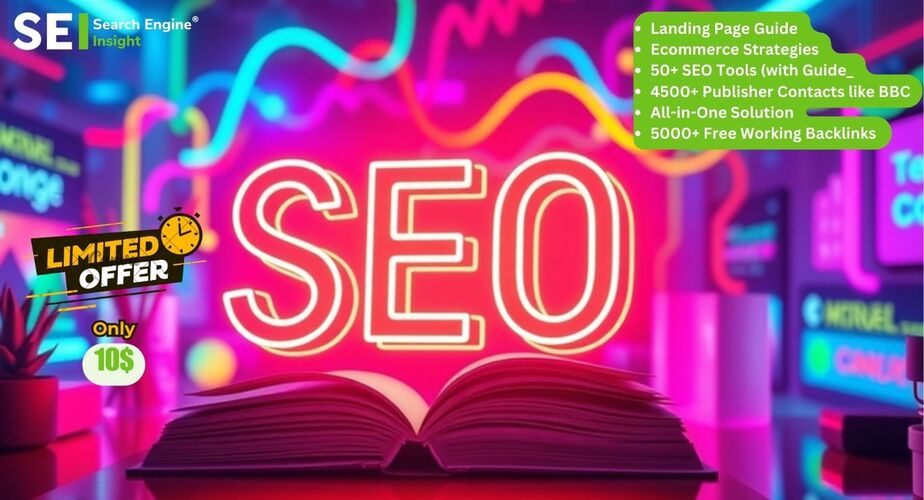5 Easy Ways to Make Your Documents Look More Professional: How to Format a Document
Anyone overwhelmed by the rapidly changing business landscape may seek a growing solution to work productively or efficiently. A well-crafted document isn’t just about the words you write; it’s about how you present them. So now, let’s learn more about professional document formatting below.
5 Simple Steps to Professionalism: How to Format a Word Document to Look Professional

A well-formatted document can significantly enhance the impact of your message. Here are five easy-to-implement tips to elevate your documents to a professional level:
-
Master the art of White Space
White space is a powerful tool in document design. It provides visual breathing room, making your content easier to read and digest. You can create a clean, uncluttered, and visually appealing document by strategically using white space.
- Paragraph spacing: Consistent paragraph spacing improves readability. Avoid excessive spacing, as it can disrupt the flow of the text.
- Margins: Sufficient margins on all sides of your document create a clear reading area and prevent text from appearing cramped.
- Image placement: Place images strategically, ensuring they complement your content and don’t disrupt the overall layout.
-
Choose a readable font
- Classic choices: Timeless fonts like Times New Roman, Arial, and Calibri are reliable for most documents.
- Consistent font usage: Use the same font for headings, subheadings, and body text throughout your document unless you have a specific reason to differentiate.
-
Power of headings and subheadings
- Hierarchical structure: Create a hierarchical structure using different headings levels to indicate each section’s importance.
- Consistent formatting: Apply consistent formatting to headings and subheadings, including font, size, and style.
-
Proofread
Take the time to proofread your work carefully to eliminate typos, grammatical mistakes, and punctuation errors.
- Read aloud: Reading your document aloud can help you catch errors that might be missed during silent reading.
- Use proofreading tools: Utilize spell-check and grammar-check tools to identify potential mistakes.
- Seek a second pair of eyes: Ask a friend, colleague, or family member to review your document for a fresh perspective.
-
Choose a professional color palette
Color can be a powerful tool for enhancing the visual appeal of your document. However, it’s important to use color judiciously.
- Classic color combinations: Choose classic color combinations like black and white or subtle shades of blue and gray.
- Brand guidelines: When creating a document for a company or organization, adhere to its brand guidelines for color usage.
When crafting a formal document, precision is key. A number-to-word converter can be a valuable tool to ensure accuracy, especially when dealing with large numbers or complex financial figures. By converting numerical values into their word equivalents, you can eliminate potential errors and enhance the overall professionalism of your document.
The Power of Presentation: Why Formatting Matters
In today’s fast-paced world, first impressions are fleeting. A poorly formatted document can quickly turn off your audience, no matter how compelling your content.
Conversely, a well-formatted document is a testament to your professionalism and respect for your audience. Professional document formatting can captivate your reader’s focus.
Remember, your document isn’t just a collection of words; it’s a visual experience. A good formatting document increases readability, improves comprehension, and leaves a lasting impression.
Final Touches: Making Your Document Stand Out
An official-looking document is a powerful tool that can significantly enhance the impact of your message. You may create documents that seem professional and simple to read and comprehend by paying attention to elements like font selection, white space, headings, and color scheme. Keep in mind that an eye-catching document makes an impression on your audience and shows your professionalism.



